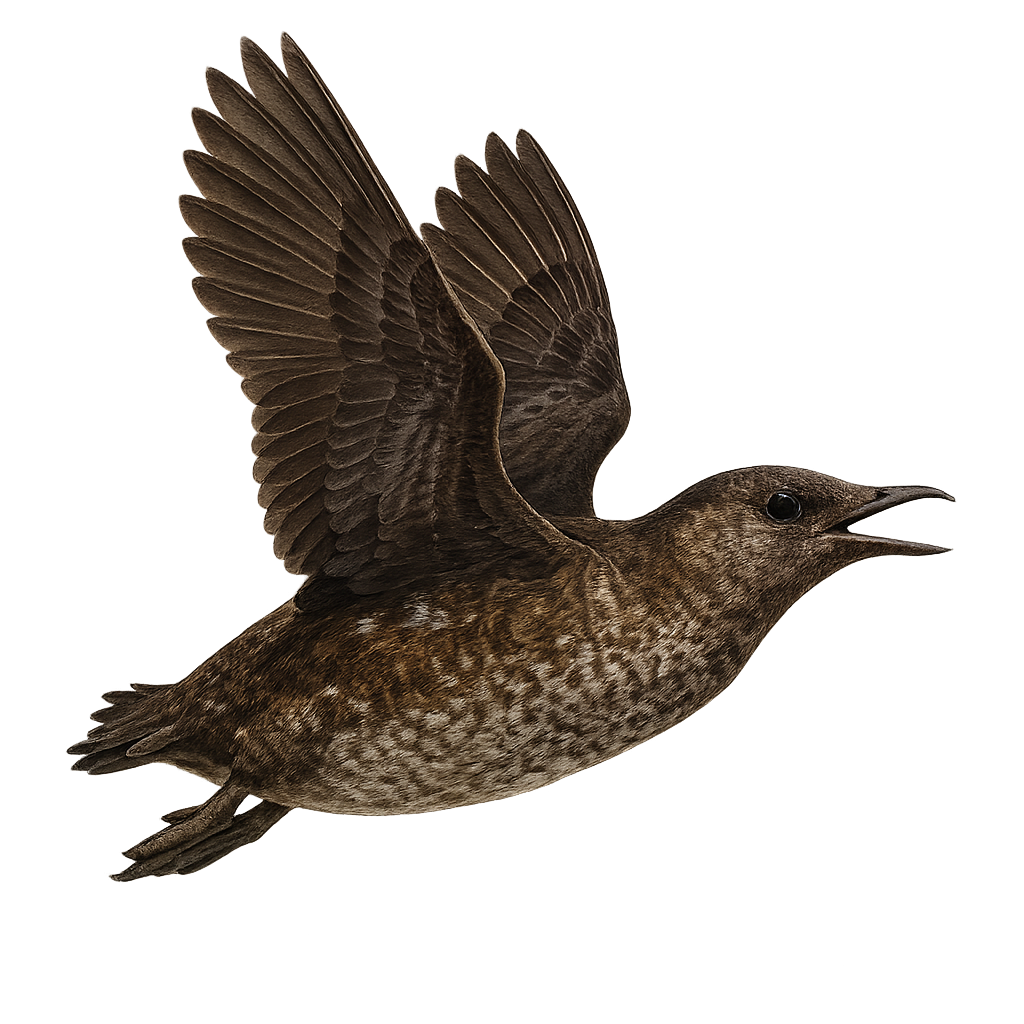Your wildlife photography guide.
Explore the marbled murrelet in detail, study its behavior, prepare your shots.
Where to observe and photograph the marbled murrelet in the wild
Learn where and when to spot the marbled murrelet in the wild, how to identify the species based on distinctive features, and what natural environments it inhabits. The WildlifePhotographer app offers tailored photography tips that reflect the marbled murrelet’s behavior, helping you capture better wildlife images. Explore the full species profile for key information including description, habitat, active periods, and approach techniques.
Marbled Murrelet
Scientific name: Brachyramphus marmoratus

IUCN Status: Near Threatened
Family: ALCIDAE
Group: Birds
Sensitivity to human approach: Suspicious
Minimum approach distance: 30 m
Courtship display: May to June
Incubation: 28-30 jours
Hatchings: June to July
Habitat:
Old-growth forests, rocky coasts, marine waters
Activity period :
Active at dawn and dusk, ideal moments for observation.
Identification and description:
The Marbled Murrelet, Brachyramphus marmoratus, is a discreet and fascinating seabird belonging to the Alcidae family. It is primarily observed along the North Pacific coasts, from Alaska to California. This small bird, measuring about 25 cm in length, is recognizable by its marbled brown and white plumage, which allows it to blend effectively into its environment. Unlike most other alcids, the Marbled Murrelet nests in old-growth forests, often several kilometers from the sea, where it lays a single egg on a tree branch. It primarily feeds on small fish and marine invertebrates, which it skillfully captures by diving underwater. Unfortunately, this species is threatened by the loss of its forest habitat and human disturbances.
Recommended lens:
400mm – adjust based on distance, desired framing (portrait or habitat), and approach conditions.
Photography tips:
To photograph the Marbled Murrelet, it's advisable to use a telephoto lens of at least 400mm to capture detailed images from a distance without disturbing the bird. Aim to shoot early in the morning or late in the afternoon when the light is soft and the bird is more active. Be patient and discreet, as this bird is suspicious and can be difficult to approach. Focus on coastal habitats and old-growth forests to maximize your chances of an encounter.
The WildlifePhotographer App is coming soon!
Be the first to explore the best nature spots, track rutting seasons, log your observations, and observe more wildlife.
Already 1 431 wildlife lovers subscribed worldwide

